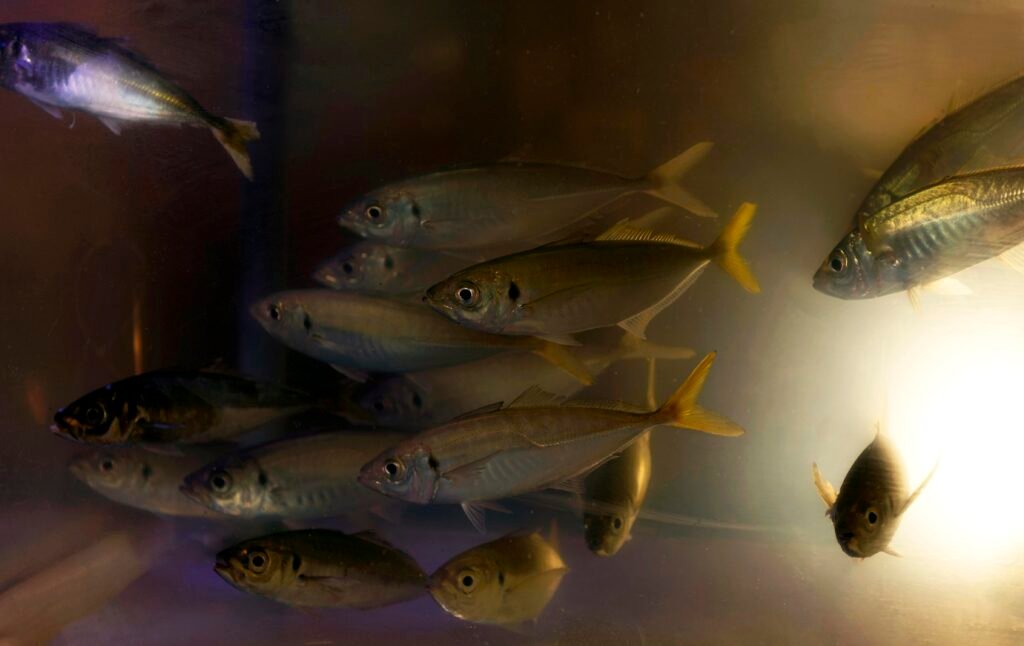In order to ensure the long-term sustainability of fish production, especially given its effects on the oceans and the communities reliant on fisheries, long-term sustainability of fish is an essential issue for us all. It entails finding a delicate equilibrium between economic gain, environmental preservation, and social welfare. By implementing sustainable fishing practices, we can ensure that fish populations not only survive but also flourish for generations to come.
Sustainable fish production involves various strategies and considerations. One crucial aspect is managing fishing efforts to prevent overfishing and allowing stocks to replenish naturally. In accordance with the proposal, a catch limit would be determined based on scientific assessments of the population of fish and their reproductive capacity in order to determine a catch limit. It was deemed appropriate in accordance with the scientific assessments, which have been conducted regarding the population of fish and their reproductive capabilities, as described in the proposal, to make this decision based on the scientific assessments.
Furthermore, employing selective fishing methods can minimize the unintended capture of non-target species (bycatch) and protect vulnerable marine ecosystems from damage caused by inappropriate gear. As an example, the use of more refined nets or implementing measures such as escape panels in trawls will be able to significantly reduce bycatch and the destruction of habitats.

Additionally, protecting essential fish habitats such as spawning areas, nursery grounds, and coral reefs is vital for maintaining healthy fish populations. Establishing marine protected areas (MPAs) helps conserve these key habitats while providing safe zones for breeding, feeding, and growth.
Collaboration between governments, scientists, fishermen, and local communities plays a fundamental role in the sustainable management of fish production. All stakeholders should be proactively involved in decision-making processes to ensure that a comprehensive understanding is achieved of the various challenges faced by different regions and fisheries across the world.
Promoting responsible seafood consumption through public awareness campaigns also contributes to sustainable fish production. Developing countries are encouraged to choose seafood products sourced from sustainably managed fisheries that are certified by reputable organizations that assess the level of sustainability in fisheries.
Sustainable fishing initiatives often provide economic benefits as well. Supporting small-scale fishermen and empowering them with market access improves their livelihoods while reducing pressure on marine resources caused by large-scale industrial operations.
It is crucial that governments enforce regulations effectively through monitoring and surveillance measures to deter illegal fishing practices that threaten long-term sustainability. Implementing penalties for non-compliance acts as a deterrent while ensuring that responsible fishers can operate on a level playing field.
Long term sustainability
There are several key factors and strategies for achieving long-term sustainability in the fisheries sector. These include:
Fisheries Management:
- Implement and enforce effective fisheries management plans that set catch limits, regulate fishing gear and methods, and establish seasonal closures to protect vulnerable species and habitats.
- Use science-based approaches to set fishing quotas that consider the health and reproductive capacity of fish populations (Maximum Sustainable Yield).
Ecosystem-Based Management:
Recognize that fisheries are part of larger marine ecosystems. The management of the ocean must be based on ecosystem-based principles making sure that species and habitats within the ocean are interdependent.
Bycatch Reduction:
Develop and promote fishing techniques and gear modifications that minimize bycatch (the unintentional capture of non-target species), which can be harmful to various marine species.
Marine Protected Areas (MPAs):
Establish and maintain MPAs to create safe havens for fish and other marine life to reproduce and thrive. These areas help replenish fish populations and contribute to overall ecosystem health.
Aquaculture:
Promote sustainable aquaculture practices that contribute to the reduction of pressure on the wild fish population. Ensure that aquaculture operations use responsible feeding and waste management practices.
Market-Based Initiatives:
Support and encourage sustainable seafood certification programs such as the Marine Stewardship Council (MSC) and the Aquaculture Stewardship Council (ASC), which help consumers make informed choices.
Traceability and Transparency:
Improve traceability and transparency in the seafood supply chain to combat illegal, unreported, and unregulated (IUU) fishing, which threatens sustainable fish production.
Research and Innovation:
Invest in research and development of more selective and environmentally friendly fishing technologies, as well as alternative protein sources to reduce the pressure on wild fish stocks.
Climate Change Adaptation:
Address the impacts of climate change on fish populations, which may include shifts in distribution, altered reproductive patterns, and increased ocean acidification. Adaptation strategies are crucial.
Education and Awareness:
To raise the public’s awareness on the importance of sustainable fishing practices and the importance of protecting the marine ecosystems. Consumer choices and behavior can drive positive change.
International Cooperation:
- Collaboration between countries and international organizations is crucial for the management of fish stocks that cross national boundaries.
- Long-term sustainability in fish production requires a holistic approach that considers ecological, economic, and social factors. It is fundamental for ensuring the sustainability of fish production in the future that we balance the interests of fishers, seafood consumers, and the health of the marine environment.
